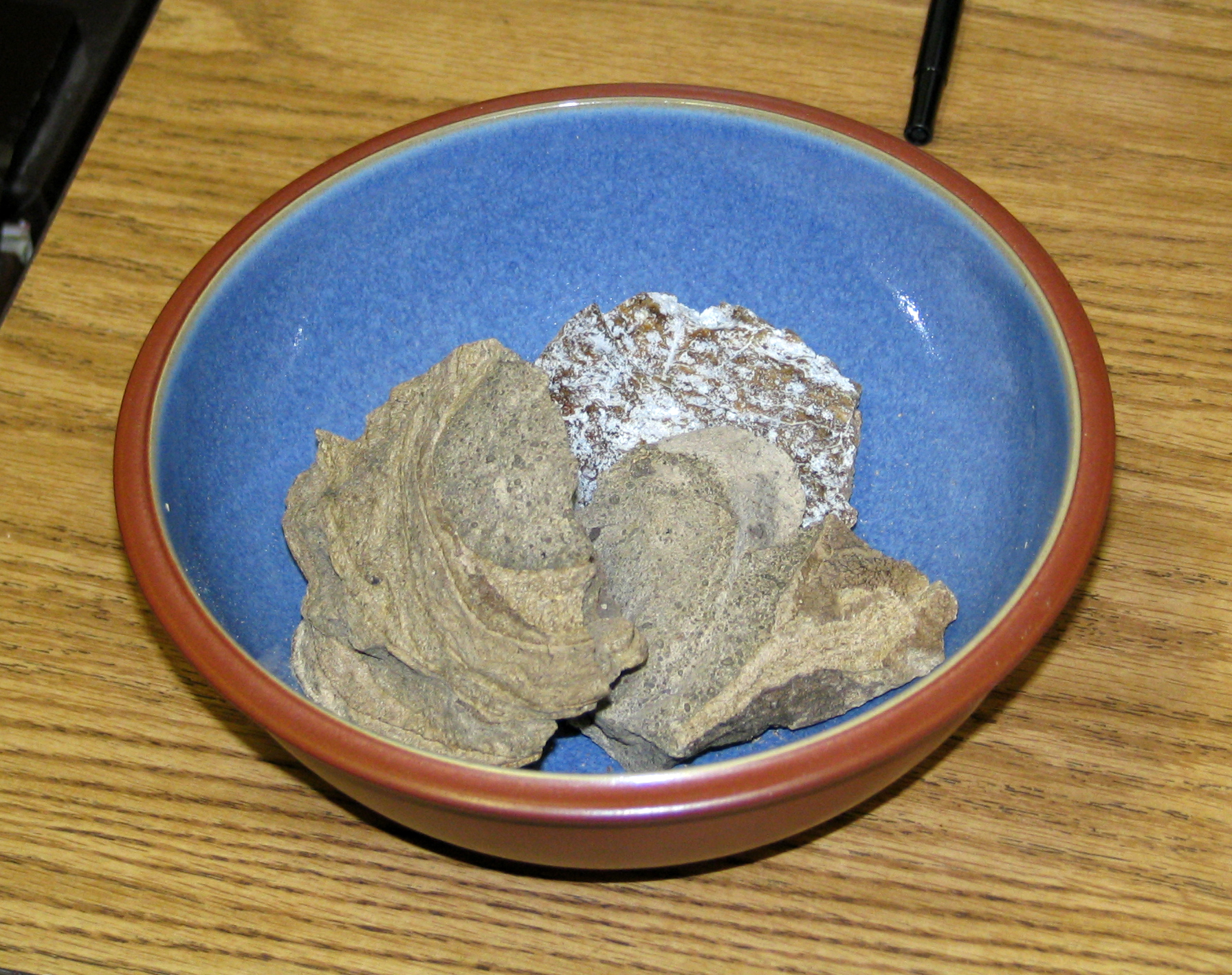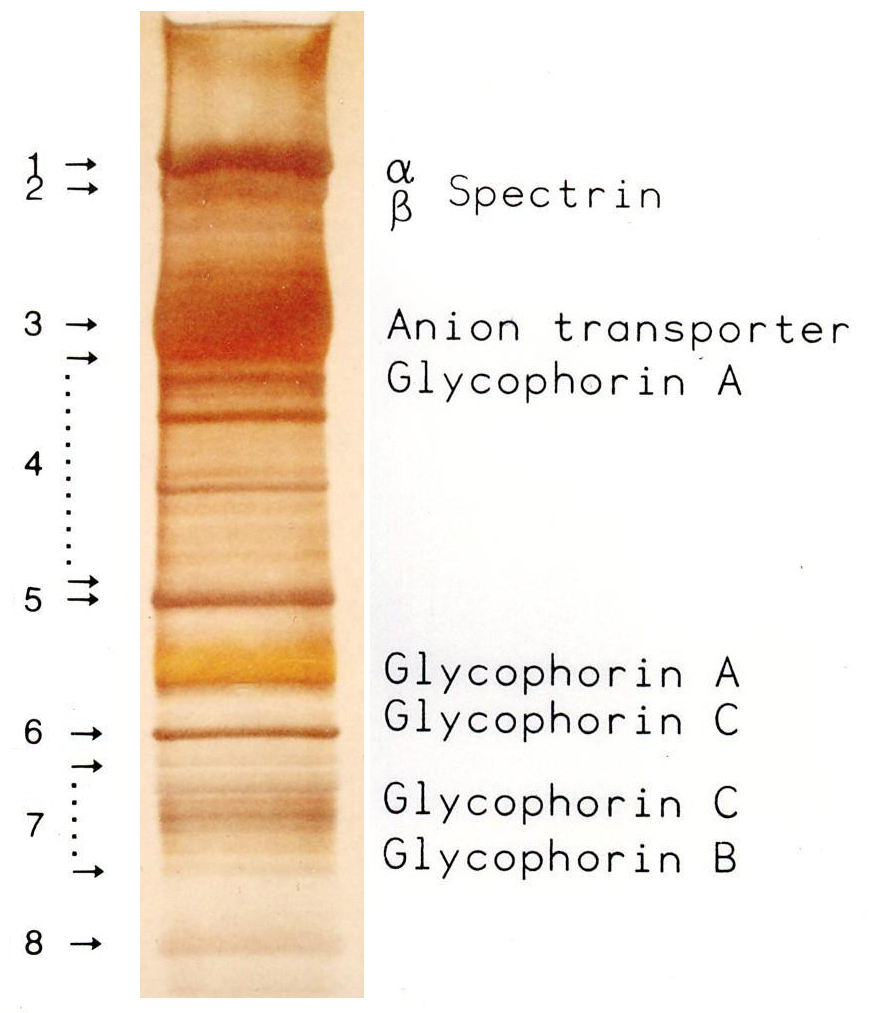|
5-HT1D Agonists
5-hydroxytryptamine (serotonin) receptor 1D, also known as HTR1D, is a 5-HT receptor, but also denotes the human gene encoding it. 5-HT1D acts on the central nervous system, and affects animal locomotion, locomotion and anxiety. It also induces vasoconstriction in the brain. Tissue distribution 5HT1D receptors are found at low levels in the basal ganglia (globus pallidus, substantia nigra, caudate putamen), the hippocampus, and in the cortex. Structure 5HT1D receptor is a G protein linked receptor that activates an intracellular messenger cascade to produce an inhibitory response by decreasing cellular levels of cAMP. The 5HT1D is a G protein–coupled receptor, 7-TM receptor. A large intercellular loop between TM-5 and TM-6 is believed to be associated with coupling to a second messenger. Agonists might bind in a manner that utilizes an aspartate residue in TM-3 and residues in the TM-4, TM-5 and TM-6. A human clone containing an intronless open reading frame was found to en ... [...More Info...] [...Related Items...] OR: [Wikipedia] [Google] [Baidu] |
5-HT Receptor
5-HT receptors, 5-hydroxytryptamine receptors, or serotonin receptors, are a group of G protein-coupled receptor and ligand-gated ion channels found in multiple tissues including the Central nervous system, central and peripheral nervous systems. They mediate both Neurotransmitter#Excitatory and inhibitory, excitatory and inhibitory Synaptic transmission, neurotransmission. The serotonin (i.e., 5-hydroxytryptamine, hence "5-HT") receptors are activated by the neurotransmitter serotonin, which acts as their natural Ligand (biochemistry), ligand. The serotonin receptors modulate the release of many neurotransmitters, including glutamic acid, glutamate, gamma-Aminobutyric acid, GABA, dopamine, epinephrine / norepinephrine, and acetylcholine, as well as many hormones, including oxytocin, prolactin, vasopressin, cortisol, corticotropin, and substance P, among others. Serotonin receptors influence various biological and neurological processes such as aggression, anxiety, appetite, cogn ... [...More Info...] [...Related Items...] OR: [Wikipedia] [Google] [Baidu] |
Vasoconstrictor
Vasoconstriction is the narrowing of the blood vessels resulting from contraction of the muscular wall of the vessels, in particular the large arteries and small arterioles. The process is the opposite of vasodilation, the widening of blood vessels. The process is particularly important in controlling hemorrhage and reducing acute blood loss. When blood vessels constrict, the flow of blood is restricted or decreased, thus retaining body heat or increasing vascular resistance. This makes the skin turn paler because less blood reaches the surface, reducing the radiation of heat. On a larger level, vasoconstriction is one mechanism by which the body regulates and maintains mean arterial pressure. Medications causing vasoconstriction, also known as vasoconstrictors, are one type of medicine used to raise blood pressure. Generalized vasoconstriction usually results in an increase in systemic blood pressure, but it may also occur in specific tissues, causing a localized reduction in b ... [...More Info...] [...Related Items...] OR: [Wikipedia] [Google] [Baidu] |
Aphrodisiac
An aphrodisiac is a substance that increases libido, sexual desire, sexual attraction, sexual pleasure, or sexual behavior. These substances range from a variety of plants, spices, and foods to synthetic chemicals. Natural aphrodisiacs, such as cannabis (drug), cannabis or cocaine, are classified into plant-based and non-plant-based substances. Synthetic aphrodisiacs include MDMA and methamphetamine. Aphrodisiacs can be classified by their type of effects (psychological or physiological). Aphrodisiacs that contain hallucinogenic properties, such as bufotenin, have psychological effects that can increase sexual desire and sexual pleasure. Aphrodisiacs that have smooth muscle relaxing properties, such as yohimbine, have physiological effects that can affect hormone concentrations and increase blood flow. Substances that have the opposite effects on libido are called anaphrodisiacs. Aphrodisiac effects can also be due to the Placebo, placebo effect. Both males and females can po ... [...More Info...] [...Related Items...] OR: [Wikipedia] [Google] [Baidu] |
Yohimbine
Yohimbine, also known as quebrachine, is an indole alkaloid derived from the bark of the African tree '' Pausinystalia johimbe'' (yohimbe); also from the bark of the unrelated South American tree '' Aspidosperma quebracho-blanco''. Yohimbine is an α2-adrenergic receptor antagonist, and has been used in a variety of research projects. It is a veterinary drug used to reverse sedation in dogs and deer. While yohimbine behaves as an aphrodisiac in some mammals, it does not do so in humans. It has been prescribed as a treatment for erectile dysfunction, although its reported clinical benefits were modest and it has largely been superseded by the PDE5 inhibitor class of drugs. Substances that have purported to be extracts from the yohimbe tree have been marketed as dietary supplements for various purposes, but they contain highly variable amounts of yohimbine, if any; no published scientific evidence supports their efficacy. Uses Sexual dysfunction and aphrodisiac Yohimbe extracts, ... [...More Info...] [...Related Items...] OR: [Wikipedia] [Google] [Baidu] |
Antipsychotic
Antipsychotics, previously known as neuroleptics and major tranquilizers, are a class of Psychiatric medication, psychotropic medication primarily used to manage psychosis (including delusions, hallucinations, paranoia or disordered thought), principally in schizophrenia but also in a range of other psychotic disorders. They are also the mainstay, together with mood stabilizers, in the treatment of bipolar disorder. Moreover, they are also used as adjuncts in the treatment of Treatment-resistant depression, treatment-resistant major depressive disorder. The use of antipsychotics may result in many unwanted side effects such as Extrapyramidal symptoms, involuntary movement disorders, gynecomastia, impotence, weight gain and metabolic syndrome. Long-term use can produce List of long term side effects of antipsychotics, adverse effects such as tardive dyskinesia, tardive dystonia, Akathisia, tardive akathisia, and brain tissue volume reduction. The long term use of antipsychotics ... [...More Info...] [...Related Items...] OR: [Wikipedia] [Google] [Baidu] |
Methiothepin
Metitepine (; developmental code names Ro 8-6837 (maleate), VUFB-6276 (mesylate)), also known as methiothepin, is a drug described as a " psychotropic agent" of the tricyclic or tetracyclic group which was never marketed. It acts as a non-selective antagonist of serotonin, dopamine, and adrenergic receptors, including of the serotonin 5-HT1, 5-HT2, 5-HT5, 5-HT6, and 5-HT7 receptors. The drug has antipsychotic properties. Pharmacology Pharmacodynamics Chemistry Analogues Metitepine is closely structurally related to certain other tetracyclic compounds including amoxapine, batelapine, clorotepine, clotiapine, clozapine, flumezapine, fluperlapine, loxapine, metiapine, olanzapine, oxyprothepin, perathiepin, perlapine, quetiapine Quetiapine ( ), sold under the brand name Seroquel among others, is an atypical antipsychotic medication used in the treatment of schizophrenia, bipolar disorder, bipolar depression, and major depressive disorder. Despite being wide ... [...More Info...] [...Related Items...] OR: [Wikipedia] [Google] [Baidu] |
Atypical Antipsychotic
The atypical antipsychotics (AAP), also known as second generation antipsychotics (SGAs) and serotonin–dopamine antagonists (SDAs), are a group of antipsychotic drugs (antipsychotic drugs in general are also known as tranquilizers and neuroleptics, although the latter is usually reserved for the '' typical antipsychotics'') largely introduced after the 1970s and used to treat psychiatric conditions. Some atypical antipsychotics have received regulatory approval (e.g. by the FDA of the US, the TGA of Australia, the MHRA of the UK) for schizophrenia, bipolar disorder, irritability in autism, and as an adjunct in major depressive disorder. Both generations of medication tend to block receptors in the brain's dopamine pathways. Atypicals are less likely than haloperidol—the most widely used typical antipsychotic—to cause extrapyramidal motor control disabilities in patients such as unsteady Parkinson's disease–type movements, body rigidity, and involuntary ... [...More Info...] [...Related Items...] OR: [Wikipedia] [Google] [Baidu] |
Ziprasidone
Ziprasidone, sold under the brand name Geodon among others, is an atypical antipsychotic used to treat schizophrenia and bipolar disorder. It may be used by mouth and by injection into a muscle (IM). The intramuscular form may be used for acute agitation in people with schizophrenia. Common side effects include tremors, tics, dizziness, dry mouth, restlessness, nausea, and mild sedation. Although it can also cause weight gain, the risk is much lower than for other atypical antipsychotics. How it works is not entirely clear but is believed to involve effects on serotonin and dopamine in the brain. Ziprasidone was approved for medical use in the United States in 2001. The pills are made up of the hydrochloride salt, ziprasidone hydrochloride. The intramuscular form is the mesylate, ziprasidone mesylate trihydrate, and is provided as a lyophilized powder. In 2020, it was the 282nd most commonly prescribed medication in the United States, with more than 1million prescript ... [...More Info...] [...Related Items...] OR: [Wikipedia] [Google] [Baidu] |
L-760790
L-760,790 is an experimental drug from the substituted tryptamine family, which acts as a selective agonist for the 5-HT1D serotonin receptor 5-HT receptors, 5-hydroxytryptamine receptors, or serotonin receptors, are a group of G protein-coupled receptor and ligand-gated ion channels found in multiple tissues including the central and peripheral nervous systems. They mediate both ex ..., with around 62x selectivity for 5-HT1D over the closely related 5-HT1B receptor. References 5-HT1B agonists 5-HT1D agonists Benzylamines Indoles Pyrrolidines Triazoles Secondary amines {{nervous-system-drug-stub ... [...More Info...] [...Related Items...] OR: [Wikipedia] [Google] [Baidu] |
Acrylamide
Acrylamide (or acrylic amide) is an organic compound with the chemical formula CH2=CHC(O)NH2. It is a white odorless solid, soluble in water and several organic solvents. From the chemistry perspective, acrylamide is a vinyl-substituted primary amide (CONH2). It is produced industrially mainly as a precursor to polyacrylamides, which find many uses as water-soluble thickeners and flocculation agents. Acrylamide forms in burnt areas of food, particularly starchy foods like potatoes, when cooked with high heat, above . Despite health scares following this discovery in 2002, and its classification as a probable carcinogen, acrylamide from diet is thought unlikely to cause cancer in humans; Cancer Research UK categorized the idea that eating burnt food causes cancer as a "myth". Production Acrylamide can be prepared by the hydration of acrylonitrile, which is catalyzed enzymatically: :CH2=CHCN + H2O → CH2=CHC(O)NH2 This reaction also is catalyzed by sulfuric acid as wel ... [...More Info...] [...Related Items...] OR: [Wikipedia] [Google] [Baidu] |
CP-135807
CP-135807 is a drug which acts as a potent and selective agonist for the 5-HT1D serotonin receptor, and is used to study the function of this receptor subtype. See also * 4-HO-MPMI * 5-MeO-MPMI * Eletriptan Eletriptan, sold under the brand name Relpax and used in the form of eletriptan hydrobromide, is a second-generation triptan medication intended for treatment of migraine headaches. It is used as an abortive medication, blocking a migraine at ... * LY-334370 References Disubstituted pyridines Alpha-Alkyltryptamines N,N-Dialkyltryptamines Nitroarenes Pyrrolidinylmethylindoles Serotonin receptor agonists {{nervous-system-drug-stub ... [...More Info...] [...Related Items...] OR: [Wikipedia] [Google] [Baidu] |
5-Carboxamidotryptamine
5-Carboxamidotryptamine (5-CT) is a tryptamine derivative closely related to the neurotransmitter serotonin. 5-CT acts as a non-selective, high-affinity full agonist at the 5-HT1A, 5-HT1B, 5-HT1D, 5-HT5A, and 5-HT7 receptors, as well as an agonist of the 5-HT2, 5-HT3, 5-HT6 receptors with lower affinity. It has negligible affinity for the 5-HT1E and 5-HT1F receptors. 5-CT binds most strongly to the 5-HT1A receptor and it was once thought to be selective for this site. Recently, a close derivative of 5-CT, AH-494 has been shown to function as an agonist of 5-HT7, although being more selective over 5-HT1A. Structural study indicated residue Ser5x43 might play critical roles in the selectivity of 5-CT across the serotonin receptor family. See also * 2-Methyl-5-hydroxytryptamine * 5-Benzyloxytryptamine * 5-Methoxytryptamine * 5-Methyltryptamine * α-Methyl-5-hydroxytryptamine * Frovatriptan * AH-494 * Acetryptine * Sumatriptan Sumatriptan, sold under th ... [...More Info...] [...Related Items...] OR: [Wikipedia] [Google] [Baidu] |


